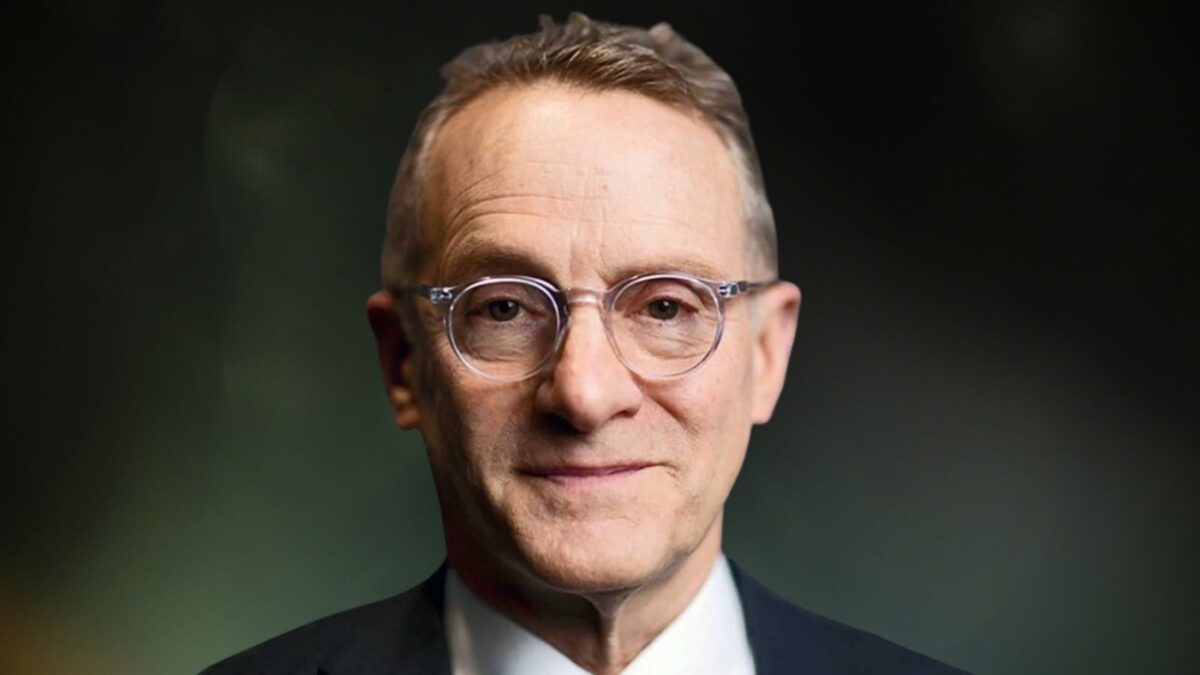What Marks makes of markets
The 2,000-basis-point decline in interest rates over the past 40 years was the most important financial development of our time, according to Oaktree Capital’s Howard Marks, who believes we are witnessing the definitive end of the easy-money era – and that investors might not be prepared for it.
In his latest memo, the famed distressed-debt investor doubled down on a December 2022 prediction that markets are undergoing a “sea change” following decades of unnaturally accommodative monetary policy. The changes Marks identified in his original Sea Change memo are not “just usual cyclical fluctuations”, he says in the new missive, but a “sweeping alteration of the investment environment, calling for significant capital reallocation.”
Inflation challenges driven in large part by COVID-19 relief and supply chain troubles have prompted central banks to lift rates, and Marks predicts they are highly unlikely to return to those artificially low levels anytime soon. That means “tougher times for corporate profits, for asset appreciation, for borrowing and for avoiding default”.
“Bottom line: if this really is a sea change – meaning the investment environment has been fundamentally altered – you shouldn’t assume the investment strategies that have served you best since 2009 will do so in the years ahead.”
Uncharted territory
The vast majority of investors today have only ever experienced an environment of declining or ultra-low interest rates, which has been the norm since 1980 and in particular in the 13-year period from 2009 through 2021. That stretch saw “two rescues from financial crises, a generally favourable macro environment, aggressively accommodative central bank policies, a lack of inflation worries… and generally uninterrupted investment gains”, Marks said.
If Marks is right, the consequences of a “higher for longer” future will most likely include slower economic growth, eroded profit margins, higher default rates and less reliable asset appreciation. The cost of borrowing will stay higher, and businesses may have trouble obtaining financing.
In short, “something closer to normalcy is likely to set in” – and, crucially, the “starkly different environment will produce a dramatically altered list of winners”, he said.
Marks predicts that equities and property, after years of benefitting from low rates, will be challenged in the new environment, as will investment strategies that rely on leverage. Declining interest rates also made lending and debt less rewarding and created difficult conditions for bargain hunters, who benefit from the desperation of panicked sellers.
“Investors who profited in this period from asset ownership and levered investment strategies may overlook the salutary effect of interest rates on asset values and borrowing costs and instead think the profits stemmed from the inherent merit of their strategies, perhaps with some help from their own skill and wisdom. That is, they may have violated a basic rule in investing: ‘Never confuse brains and a bull market.’”
The winners in the new regime, on the other hand, are likely to be the ones that suffered particularly in the 13 years to 2022: lending, credit and fixed-income investing. Marks pointed to high-yield bonds, which today are yielding more than eight per cent – they yielded in the four per cent range as recently as early 2022 – and said the full spectrum of non-investment grade credit has similar potential to contribute to portfolio results, with yields on par with historical equity returns.
“If the developments I describe really constitute a sea change as I believe – fundamental, significant, and potentially long-lasting – credit instruments should probably represent a substantial portion of portfolios; perhaps the majority.”











